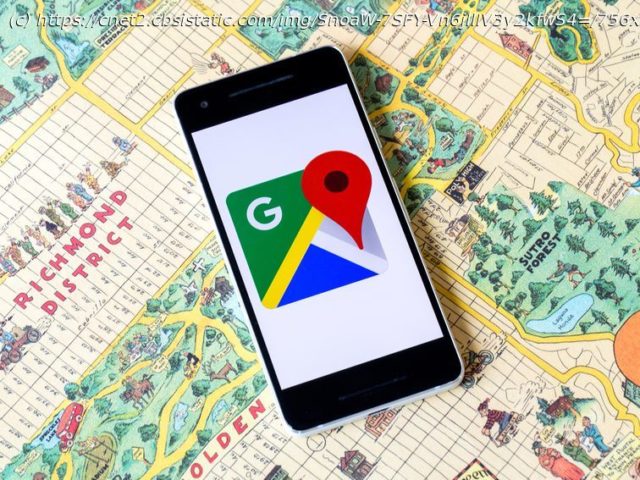Rather than seeking warrants for a person backed up with probable cause, police have begun relying on geofence warrants that sweep up information on any…
Rather than seeking warrants for a person backed up with probable cause, police have begun relying on geofence warrants that sweep up information on any device that happened to be in the vicinity of a crime.
Using these wide-ranging data requests, police often get information from companies like Google, collecting data on people who were in the area and almost all of whom are innocent. Police have used the tactic for serious cases like murder investigations, as well as nonviolent property crimes like burglaries.
Meanwhile, thousands of people have been arrested nationwide following protests over police brutality sparked by the killing of George Floyd, who died after being pinned down by officers in Minneapolis. On Tuesday, BuzzFeed News reported that the Drug Enforcement Agency had been given authority to conduct surveillance on protesters.
Geofence warrants, sometimes known as reverse location searches, are just one of those tools. They effectively allow police to get information on every protester through one single request. Google, which gets the majority of these requests because of its location history feature, said it only provides data from that feature, which needs to be opt-in.
“We vigorously protect the privacy of our users while supporting the important work of law enforcement. We developed a process specifically for these requests that is designed to honor our legal obligations while narrowing the scope of data disclosed,” Richard Salgado, Google’s director of law enforcement and information security, said in a statement.
The company also said it doesn’t comply with requests without a warrant and has litigated against location history requests without a warrant. Google didn’t comment on whether it would comply with a geofence warrant related to protests.
“I hope that Google would not comply with a reverse location warrant associated with an investigation of a protest,” said Mark Rumold, a senior staff attorney at the Electronic Frontier Foundation. “If nothing else for the fact that it is bound to disclose so much information about so many people engaged in a First Amendment activity.”
The unprecedented number of tools police have to surveil the public en masse has prompted the creation of severalguides on maintaining your privacy while attending protests.
Police have used similar tactics in the past to identify protesters. Records obtained by the EFF found that the University of California police issued a warrant to phone providers to identify photo numbers and names of demonstrators that were at the 2017 protests at University of California, Berkeley.
“It’s so chilling to imagine how easily this sort of tool can be used to identify every single person at a protest, regardless of whether or not they broke the law or any suspicion of wrongdoing,” said Albert Fox Cahn, executive director of the Surveillance Technology Oversight Project.
Here’s a breakdown of geofence warrants, how often they’ve been used and how to find out if you’ve been a part of these sweeping surveillance tactics.
Geofence warrants are warrants used by police to tech companies for information about devices in specific areas.
Normally, search warrants are carried out with probable cause and tied to a specific suspect or address. Geofence warrants allow for sweeping searches across areas.
If a company complies with the warrant, it will have to provide details on all devices in a specific area at a specified time. That means investigators don’t just get data on a person they’d consider to be a suspect, but also information on everyone else who happened to be at the same place at the same time.
Many of these requests are sent to Google because the Android operating system, installed on 2.5 billion active devices, is more widespread than Apple’s iOS. Google also has apps, such as Google Maps, that collect data on any device they’re installed on, including Apple products.
Though requests can be sent to other companies, many don’t have the vast reach and location data retention that Google does.






